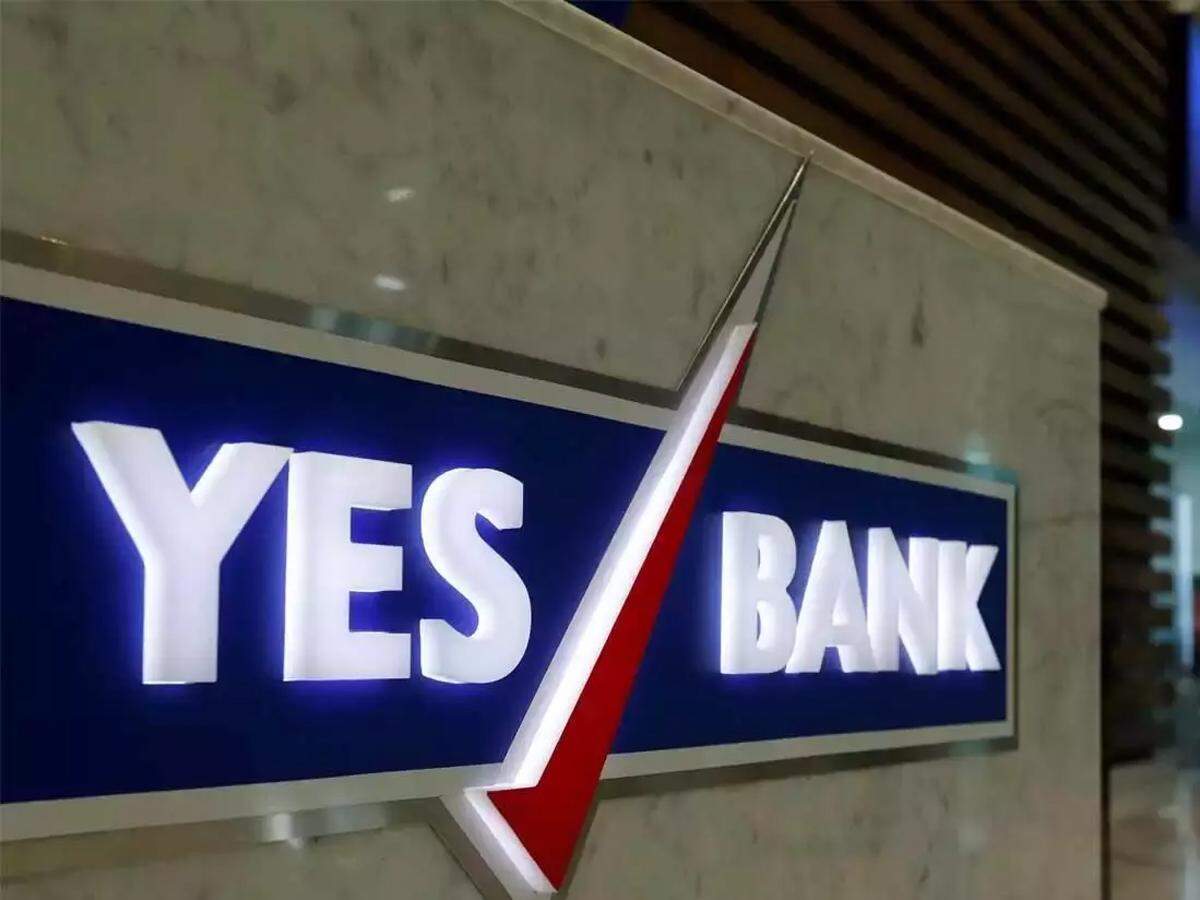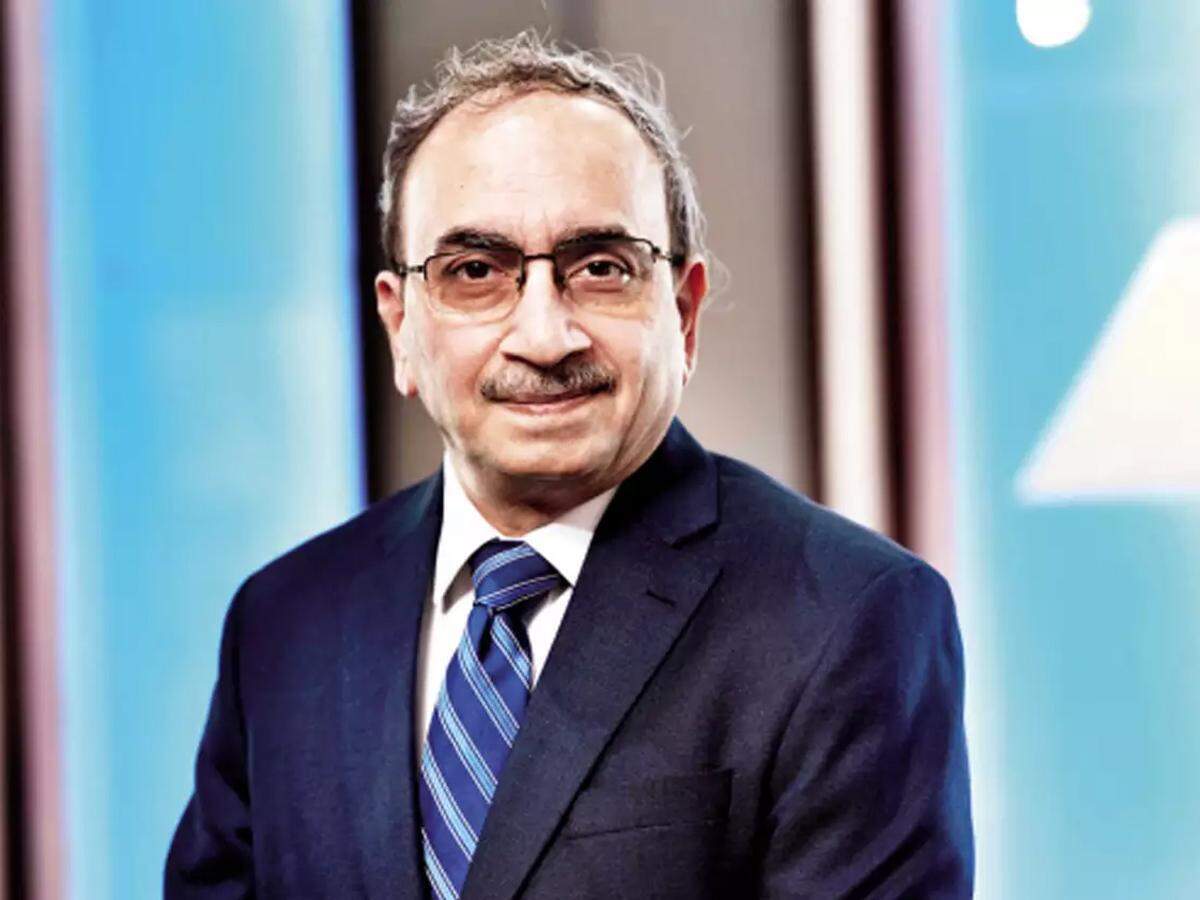The six-member Monetary Policy Committee (MPC) decided to keep the policy repo rate unchanged as the economic recovery remains uneven across sectors, and the inflation process is being driven by exogenous and largely temporary supply shocks. The policy repo rate was last cut in May 2020 from 4.40 per cent to 4 per cent. The RBI top brass, including Governor Shaktikanta Das and four Deputy Governors – MK Jain, MD Patra, M Rajeshwar Rao and T Rabi Sankar – interacted with the media on the decisions taken by the MPC and additional measures announced by the RBI.
How do we read the mixed signals from the policy?
Das: These are extraordinary times. This is an extraordinary situation we are dealing with. And there are several currents and cross-currents. There are many conflicting objectives which the RBI has to manage. A central bank at any point of time is required to manage conflicting requirements of the economy, and more so in times like this.…The policy action of the RBI has to be nuanced. It cannot be unidirectional. It cannot be just black and white. It has to be a nuanced policy response. And that is precisely what we have attempted to do.
Is it fair to call inflation transitory?
Patra: On the inflation front, I think, if we all kind of step back a little bit and look at it in a historical perspective, things will get a little more clearer. For instance, between 2016 to 2020, we kept inflation at 4 per cent through a combination of various measures. In FY21, we were hit by the pandemic and it was an extraordinary situation in which margins and taxes were raised, and there were supply disruptions. So, inflation went up to 6.2 per cent on an average. Now, we are looking at an average of 5.7 per cent, which, I would say, from a historical perspective, is an improvement over the previous year.
So, the path of inflation is being calibrated downwards on the way to reach 4 per cent. So, from 6.20 per cent in a pandemic year to 5.7 per cent in the year following the pandemic and thereafter 4 per cent, is the right way to go….what we are doing is spreading disinflation over a period of two-three years so that the losses of output are minimised…
Do you have a timetable for introducing the central bank digital currency?
Rabi Sankar: We are evaluating the scope, the technology, the distribution mechanism, etc.… So, it will be difficult to pin a date on it. We should be able to come out with a model in the near future, probably by the end of this year.
What is your approach to dealing with inflation?
Patra: The approach to inflation is not one of a cold turkey approach, where you slam the economy till it goes limp without inflation. No, that is not the way it is. The flexible targeting framework allows you to secure disinflation over a period of time rather than a point of time.
And that has been our approach. Since inflation has gone to a pandemic high of 6-plus per cent, not a demand-supply high, it is important to bring that down, not immediately but over a period of time. And that is what the MPC is striving to do – to set a glide path for inflation that will eventually bring it back to target to the extent that there are factors that will definitely go away like we are already seeing prices of pulses and edible oil declining. Cereals prices going into deflation.
So, all these will now work into inflation to steady that process rather than have a jerky inflation.
Do you plan to bring in further changes in the opening of current account by borrowers?
Rao: As far as the current account issue is concerned, let me reiterate that there is no blanket ban on opening of these accounts. In fact, we are following a kind of graded approach – there are no restrictions on opening of current accounts if the exposure of the borrowers is less than ₹5 crore and if they have not availed of CC/OD facilities from any bank; and if the exposure is between ₹5 crore to ₹50 crore, there are no restrictions on opening of current accounts by such borrowers, but these accounts can only be used for collection purposes.
As far as CC/OD is concerned, technology today enables anywhere, anytime banking, so there is no likelihood of any disruption as far as opening of current accounts is concerned. And the proposal which we have actually tried to implement ensures better discipline on the borrowers.
And now taking into consideration some of the concerns expressed by the banks, we have actually extended the timeline till October 31 (for implementing the circular). And, we will be addressing many of these issues in consultation with the IBA and Banks so that any residual issues can be sorted out.
Banks are lending big time to the retail and MSME segment (due to ECLGS), but slippages and restructuring are also happening simultaneously. Is the RBI worried about this development?
Jain: With regard to any kind of stress in retail and MSME segment, we are closely monitoring. There is visibility of little bit stress from the past data, but it is not alarming. We are constantly engaged with the regulated entities, particularly the outlier banks and NBFCs, and we also conduct stress tests. In the past also…we advised all regulated entities to improve their provisions and they responded. The results of all these banks, if you see pre-Covid-2020 and now March 2021, there is an overall improvement in all parameters, including CAR, reduction in gross and net NPAs and slippages ratio. There is an improvement in PCR and improvement in profitability. So, the sector is better positioned today than what it was before the onset of Covid.
On private virtual currencies, I have said it previously also that the RBI has major concerns, and we have conveyed it to the government. The matter is with the government and it will take the matter forward.



